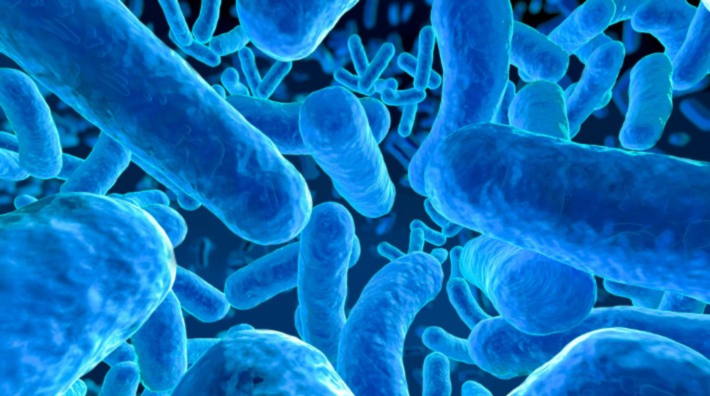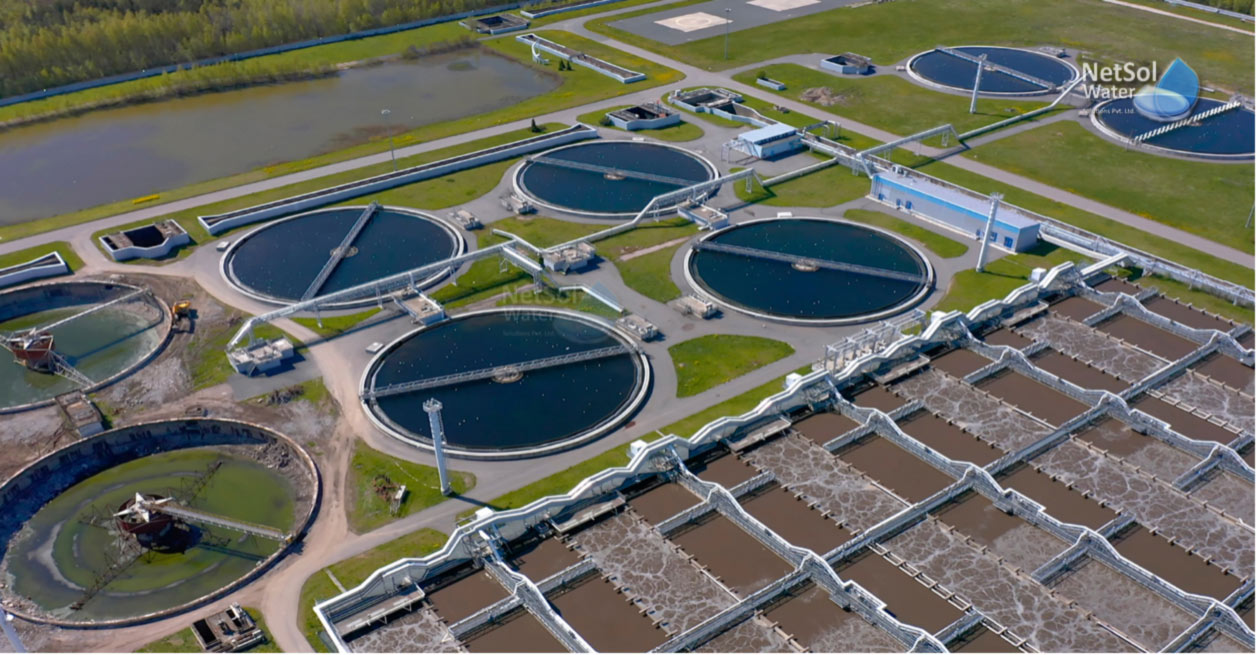Microbial treatment of sewage is to put a large number of effective microbial strains in sewage, which promotes the rapid formation of a balanced ecosystem in the water body itself, in which there are not only decomposers, producers, and consumers. The pollutants can be treated and utilized more efficiently, and thus many food chains can be formed, forming a criss-crossing food web ecosystem. A good and stable ecological balance system can be established if the appropriate quantity and energy ratios are maintained between the trophic levels. When a certain amount of sewage enters this ecosystem, the organic pollutants in it are not only degraded and purified by bacteria and fungi, but the final products of their degradation, some inorganic compounds, are used as carbon sources, nitrogen sources and phosphorus sources, and solar energy is used as the initial energy source. , participate in the metabolic process in the food web, and gradually migrate and transform from low trophic level to high trophic level, and finally transform into aquatic crops, fish, shrimp, mussels, geese, ducks and other advanced life products, and through people's continuous Take and add measures to maintain the comprehensive ecological balance of the water body, increase the beauty and nature of the waterscape, and achieve the purpose of preventing and controlling the eutrophication of the water body.
1. Microbial treatment of sewage mainly removes organic pollutants (BOD, COD substances) in colloidal and dissolved state in sewage, and the removal rate can reach more than 90%, so that organic pollutants can meet the discharge standard.
(1) BOD (biochemical oxygen demand), namely "biochemical oxygen demand" or "biological oxygen demand", is an indirect indicator of the content of organic matter in water. It generally refers to a part of easily oxidizable organic matter contained in 1L of sewage or the water sample to be tested. When microorganisms oxidize and decompose it, the dissolved oxygen in the water consumed in milligrams (the unit is mg/L). The measurement conditions of BOD are generally stipulated at 20 °C for 5 days and nights, so the symbol BOD5 is often used.
(2) COD (chemical oxygen demand) is chemical oxygen demand, which is a simple indirect indicator of the content of organic matter in the water body. (unit is mg/L). Commonly used chemical oxidants are K2Cr2O7 or KMnO4. Among them, K2Cr2O7 is commonly used, and the measured COD is represented by "COD Cr".
2. Microbial treatment Sewage can be divided into aerobic treatment system and anaerobic treatment system according to the state of oxygen in the treatment process.
1. Aerobic treatment system
Under aerobic conditions, microorganisms adsorb organic matter in the environment, oxidize and decompose it into inorganic matter, purify sewage, and synthesize cellular matter at the same time. In the process of sewage purification, microorganisms exist in the form of activated sludge and the main components of biofilm.

This method is a biological treatment method with biofilm as the main body of purification. Biofilm is a mucous membrane attached to the surface of the carrier and mainly formed by bacterial micelles. The function of the biofilm is the same as that of the activated sludge in the activated sludge process, and its microbial composition is also similar. The main principle of sewage purification is the adsorption and oxidative decomposition of organic matter in sewage by the biofilm attached to the surface of the carrier. According to the different contact methods between the medium and the water, the biofilm method includes the biological turntable method and the tower biological filter method.
Under anoxic conditions, the method of using anaerobic bacteria (including facultative anaerobic bacteria) to decompose organic pollutants in sewage is also called anaerobic digestion or anaerobic fermentation. Because the fermentation product produces methane, it is also called methane fermentation. This method can not only eliminate environmental pollution, but also develop bio-energy, so people pay much attention. Anaerobic fermentation of sewage is an extremely complex ecosystem, which involves a variety of alternating bacterial groups, each requiring different substrates and conditions, forming a complex ecosystem. Methane fermentation includes three stages: liquefaction stage, hydrogen production and acetic acid production stage and methane production stage.

Sewage treatment can be divided into primary, secondary and tertiary treatment according to the degree of treatment.
Primary treatment: It mainly removes suspended solid pollutants in sewage, and most of the physical treatment methods can only complete the requirements of primary treatment. After primary treatment of sewage, BOD can generally be removed by about 30%, which does not meet the discharge standard. The primary treatment belongs to the preprocessing of the secondary treatment.
The primary treatment process is: the raw sewage that has passed through the coarse grid is lifted by the sewage lift pump - passed through the grid or sieve - and then enters the grit chamber - the sewage separated by the sand and water enters the primary sedimentation tank, the above is: Primary processing (ie physical processing). The function of the grit chamber is to remove inorganic particles with a large specific gravity. Commonly used grit chambers are advection grit chambers, aerated grit chambers, Dole grit chambers and bell-type grit chambers.
Secondary treatment: It mainly removes colloidal and dissolved organic pollutants (BOD, COD substances) in sewage, and the removal rate can reach more than 90%, so that the organic pollutants can meet the discharge standard.
The secondary treatment process is: the water flowing out from the primary sedimentation tank enters the biological treatment equipment, including activated sludge method and biofilm method, (the reactor of the activated sludge method includes aeration tank, oxidation ditch, etc. The biofilm method includes Biological filter tank, biological turntable, biological contact oxidation method and biological fluidized bed), the water flowing out from the biological treatment equipment enters the secondary sedimentation tank, and the effluent from the secondary sedimentation tank is discharged after disinfection or enters the tertiary treatment.
Tertiary treatment: mainly deal with refractory organic matter, soluble inorganic matter such as nitrogen and phosphorus that can lead
to eutrophication of water body. The methods used include biological denitrification and phosphorus removal, coagulation sedimentation, sand rate method, activated carbon adsorption method, ion exchange method and electroosmosis analysis method.

The tertiary treatment process is as follows: part of the sludge in the secondary sedimentation tank is returned to the primary sedimentation tank or biological treatment equipment, and part of the sludge enters the sludge thickening tank, and then enters the sludge digestion tank. After dewatering and drying equipment, the sludge is finally used.
Whether it is a new buyer or an old buyer, we believe in the special design of ammonia degrading bacteria for water treatment in China, the expansion of aerobic bacteria agent and the trustworthy relationship, we welcome new and old customers to contact us by mobile phone or send email to inquire us to establish long-term business associations and shared success.
Wastewater Chemical Treatment China Bacteria Special Design, Bacterial Water Treatment Agent, as a well-educated, innovative and dynamic staff, we have been in charge of all elements of research, design, manufacture, sales and distribution. By researching and developing new technologies, we not only follow but lead the fashion industry. We listen carefully to customer feedback and provide instant communication. You will immediately feel our expertise and attentive service.
Post time: Jun-11-2022

